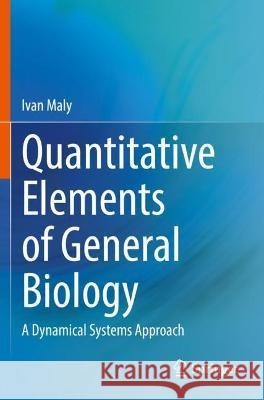Quantitative Elements of General Biology: A Dynamical Systems Approach » książka
Quantitative Elements of General Biology: A Dynamical Systems Approach
ISBN-13: 9783030791483 / Angielski / Miękka / 2022
This monograph sketches out a broad spectrum of problems (from evolution and metabolism to morphogenesis and biogeographical dynamics) whose solution has been impacted by mathematical models. Each of the selected examples has led to the recognition—and set direction to further study—of certain fundamental but unintuitive properties of biological systems, such as the making and breaking of specific symmetries that underlie morphogenesis. Whether they are long-established or only recently accepted, these models are selected for being thought-provoking and illuminating both the achievements and the gaps in our current understanding of the given area of biology. The selection of models is also meant to bring to the fore the existing degree of unity in the quantitative approach to diverse general-biological questions and in the systems-level properties that are discovered across the levels of biological organization. It is the thesis of this book that further cultivation of such unity is a way forward as we progress toward a general theory of living matter.
This is an ideal book for students (in the broadest sense) of biology who wish to learn from this attempt to present the exemplary models, their methodological lessons, and the outline of a unified theory of living matter that is now beginning to emerge. In addition to a doctoral student preparing for quantitative biology research, this reader could also be an interdisciplinary scientist transitioning to biology. The latter—for example, a physicist or an engineer—may be comfortable with the mathematical apparatus and prepared to quickly enter the intended area of work, but desires a broader foundation in biology from the quantitative perspective.











